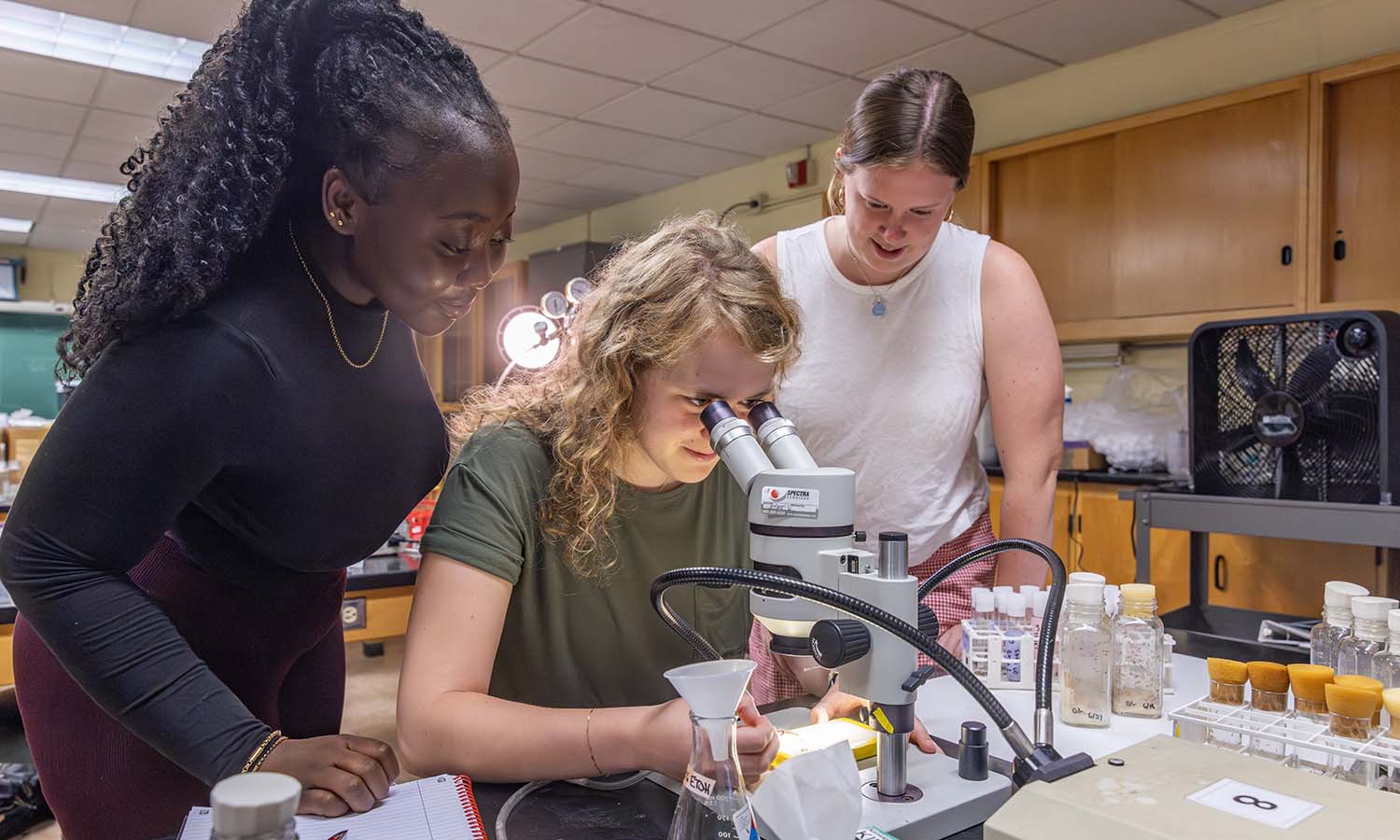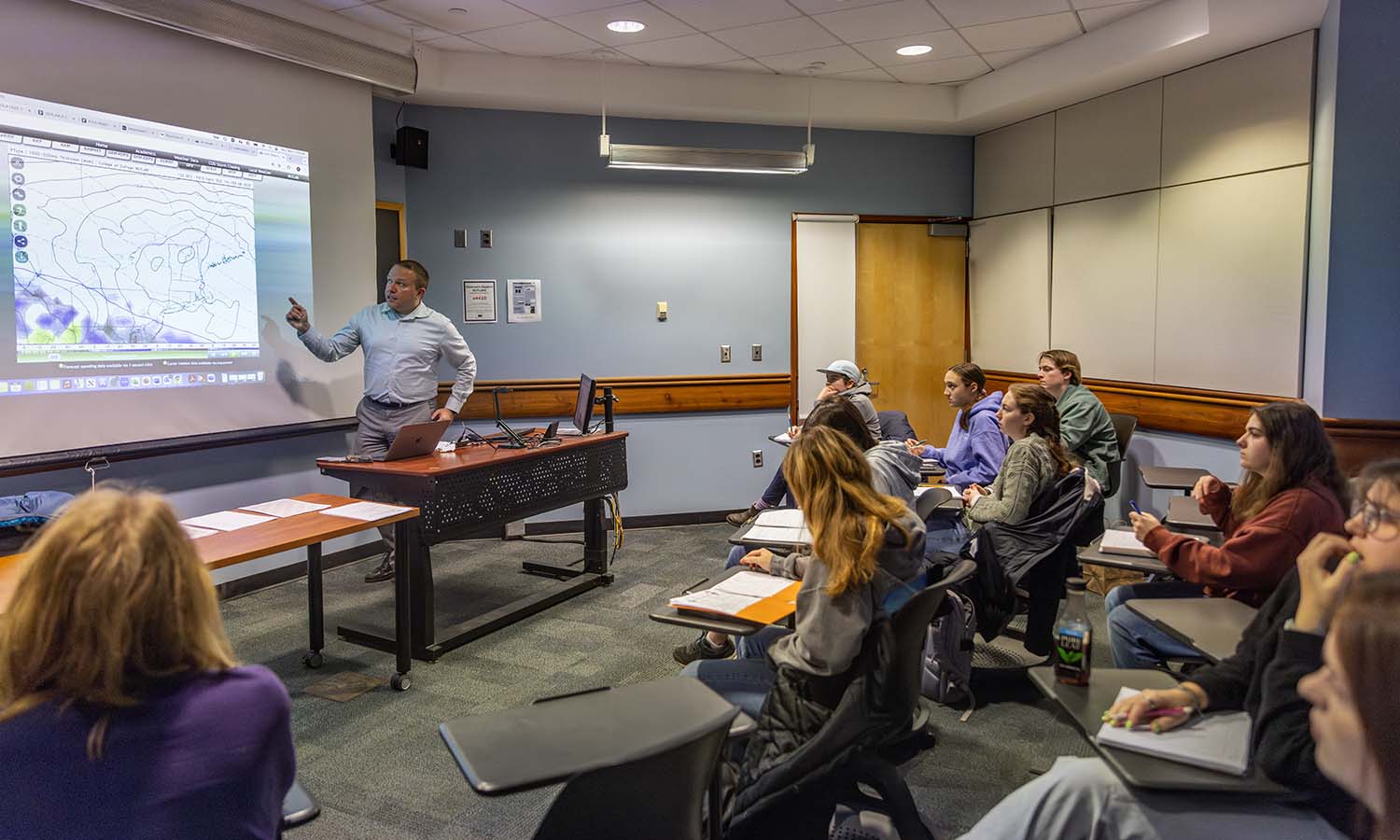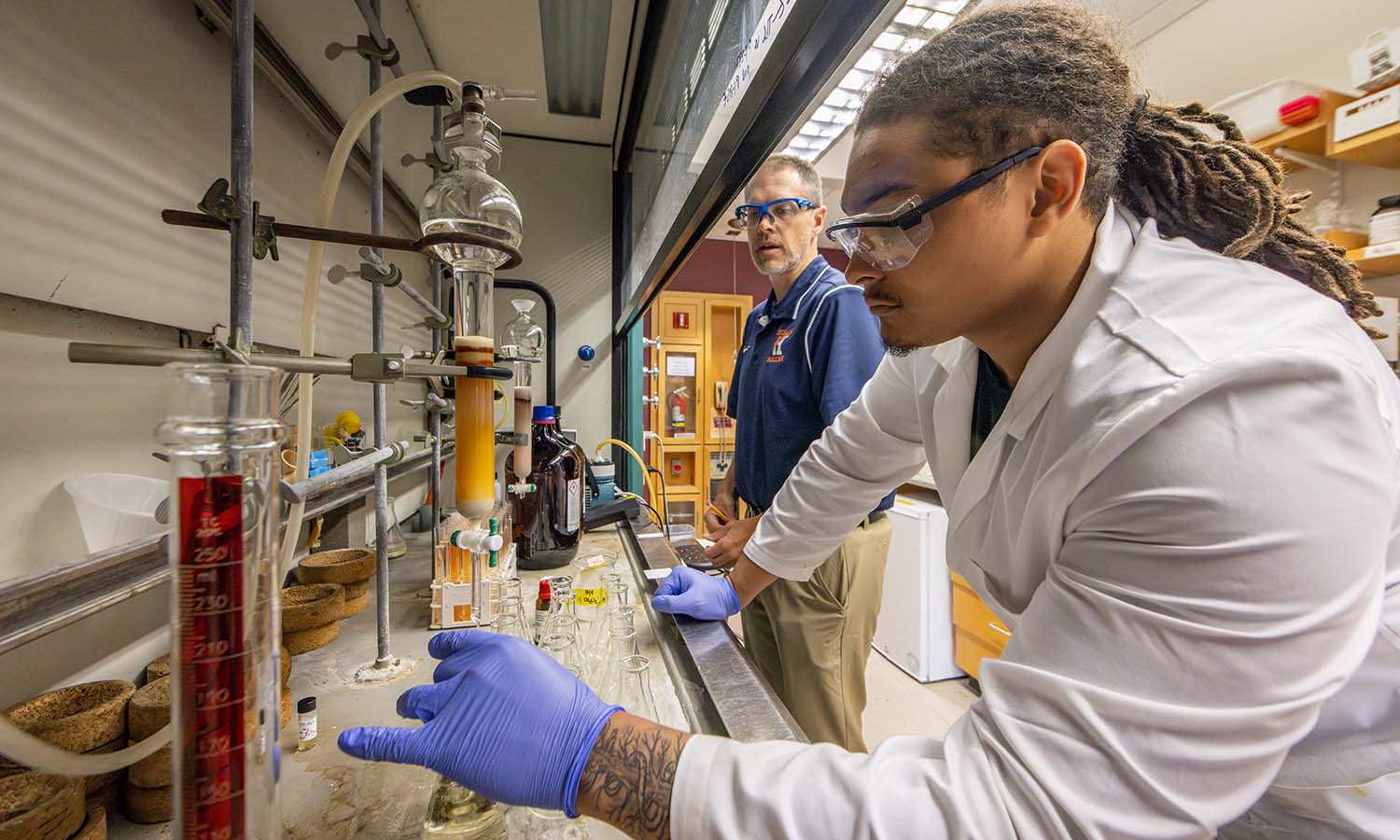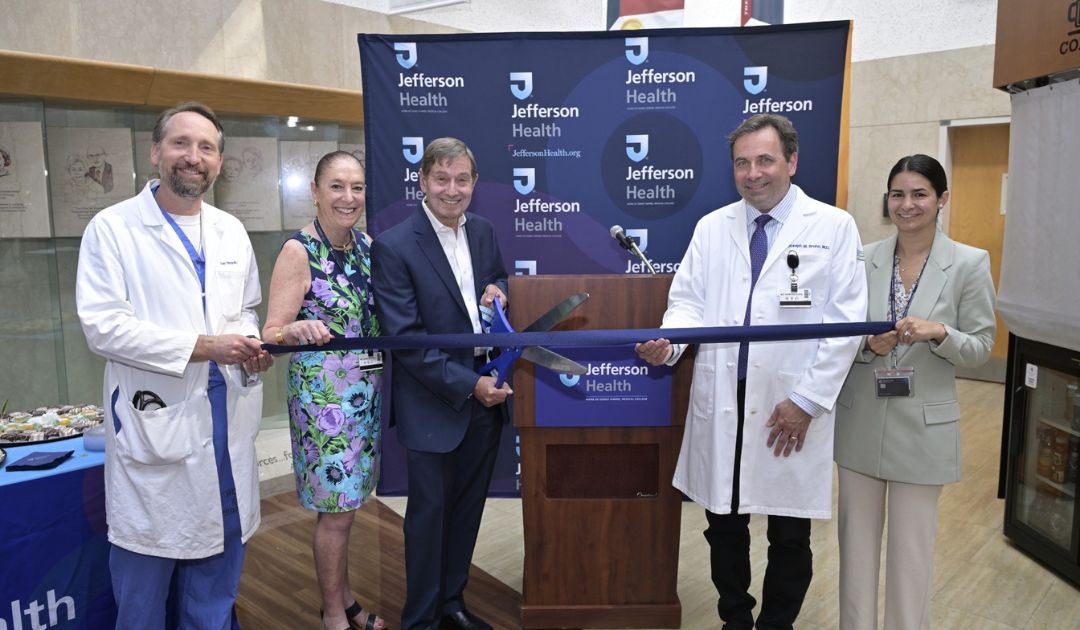
HWS News
12 August 2025 • Research • STEM Investigating Gene Connections
Under Professor of Biology Kristy Kenyon, three students have spent the summer conducting experiments to better understand molecular partnerships in the development of fruit flies.
Caroline Gannon ’26, Genevieve Larkin ’27 and Ellean Macarthy ’27 took Professor of Biology Kristy Kenyon’s course “Genetics” previously and thoroughly enjoying it, wanted even more research experience. This summer, the students are using various techniques to either visualize or alter gene function in Drosophila melanogaster. This species provides a powerful system for studying molecular processes shared across taxa.
The students are learning how to detect gene expression in embryonic cells and tissues through fluorescence microscopy. Their experiments use transgenic fly strains to determine possible interactions between Sine oculis, a transcription factor protein, and Sobp, a novel protein of unknown function. Both fly proteins demonstrate evolutionary conservation; their human counterparts have been implicated in human diseases such as branchiootorenal (BOR) syndrome and intellectual disability.
“Understanding how these fly proteins act during organ formation will likely provide important insights into developmental mechanisms shared between fruit flies and humans,” says Kenyon.
In their first weeks, the students collected and mated different fly strains to produce offspring with specific genetic combinations. They are now using fluorescence microscopy to examine patterns of gene expression in the developing embryo and larva. The focus on been on the sensory organs (e.g., eye).
“I think research like this shows that HWS prioritizes its students getting the best quality of education and the best quality of opportunities outside the classroom so they can be as equipped as possible for the real world,” says Gannon, a biology and environmental studies double major who intends to pursue graduate training, with a focus on field research.
The students also presented their research to collaborators at SUNY Upstate Medical University.
“In science it’s really important to communicate and collaborate and doing so with the students at SUNY Upstate was really interesting as we got to share our knowledge,” says Larkin, a biochemistry major who plans to pursue a Ph.D. in the sciences.
Gannon, Larkin and Macarthy say this work has expanded their interest in careers involving research and helped develop those skills needed to succeed.
“Working with the flies, I grew personally as I learned that certain things are out of my control, such as the timing of the growth of the flies, but I should focus on what is in my control,” says Macarthy, a public health and biology double major.
“Learning how to compose yourself and how you approach a mistake and to move forward has also been something I’ve picked up on doing this,” says Gannon.
Top: While working with Professor of Biology Kristy Kenyon, Ellean Macarthy ‘27, Genevieve Larkin ‘27 and Caroline Gannon ‘26 view anesthetized flies (Drosophila melanogaster) to determine if the loss of specific genes affects traits such as eye and body color.



